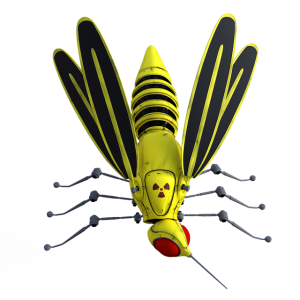Mosquitoes, though often considered nuisances, pose significant public health risks due to their role in transmitting diseases like malaria, dengue fever, and Zika virus. Modern mosquito control strategies, shifting from chemical-heavy approaches to Integrated Pest Management (IPM), prioritize environmental sustainability while effectively reducing mosquito populations. IPM incorporates habitat manipulation, biological controls, and targeted pesticide applications. Targeted treatment strategies, based on mosquito types and behaviors, minimize environmental impact. Community involvement through education and participation is crucial for long-term success in mosquito control efforts.
Professional mosquito control is a complex yet essential task, especially in light of the significant impact these insects have on public health. Understanding mosquito behavior and habitat is crucial for effective management. This article explores various strategies from traditional methods to modern technologies, emphasizing the importance of Integrated Pest Management (IPM) and environmental safety. We delve into targeted treatments, community involvement, and preventive measures, offering a comprehensive guide to efficient and sustainable mosquito control.
Understanding Mosquitoes: Behavior and Habitat
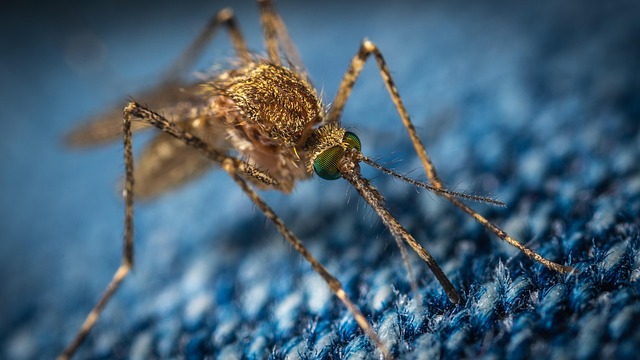
Mosquitoes are more than just a nuisance; they are complex creatures with distinct behaviors and habitats that play a significant role in their impact on human health and well-being. Understanding these aspects is crucial for effective mosquito control strategies. These insects thrive in various environments but predominantly breed in stagnant water bodies, such as puddles, ponds, and even small accumulations of water in containers like buckets or tires. Their life cycle involves multiple stages: egg, larva, pupa, and adult, each requiring specific conditions for development.
Behaviorally, mosquitoes are known for their selective feeding patterns, with female mosquitoes seeking out blood meals from mammals, birds, or reptiles to support their egg production. They use a combination of chemical cues and sensory organs to locate hosts, making them highly efficient at finding humans and animals. Recognizing these behaviors is key to implementing targeted control measures. Effective mosquito control strategies must address both the physical habitats where they breed and rest, as well as understanding their behavior to disrupt their life cycle and reduce their population.
The Impact of Mosquitoes on Public Health

Mosquitoes, though often considered mere nuisances, pose a significant threat to public health. They are vectors for various diseases, including malaria, dengue fever, Zika virus, and West Nile virus. These diseases can lead to severe illness and even death, particularly in vulnerable populations such as children and the elderly. In areas where mosquito control measures are inadequate, these vector-borne illnesses can spread rapidly, putting entire communities at risk.
Effective mosquito control is essential for protecting public health. It involves a multi-faceted approach, including eliminating breeding grounds, using insecticides targeted at adult mosquitoes, and employing biological controls like natural predators. By implementing robust mosquito control strategies, communities can reduce the incidence of mosquito-borne diseases, enhancing overall public health and safety.
Traditional Mosquito Control Methods

Mosquito control has evolved significantly over the years, with traditional methods often involving chemical sprays and insecticides. These substances are effective in reducing mosquito populations but can have detrimental effects on the environment, including water bodies and non-target organisms like beneficial insects. The use of chemical agents also raises concerns about human health risks, especially when not applied correctly.
Modern practices now emphasize integrated pest management (IPM) strategies that combine various techniques such as habitat manipulation, biological control, and targeted applications of pesticides. This shift towards more eco-friendly and precise methods reflects a growing awareness of the complexities involved in mosquito control. IPM approaches help minimize environmental impact while ensuring effective Mosquito Control, ultimately contributing to healthier ecosystems and safer communities.
Modern Technologies in Mosquito Management
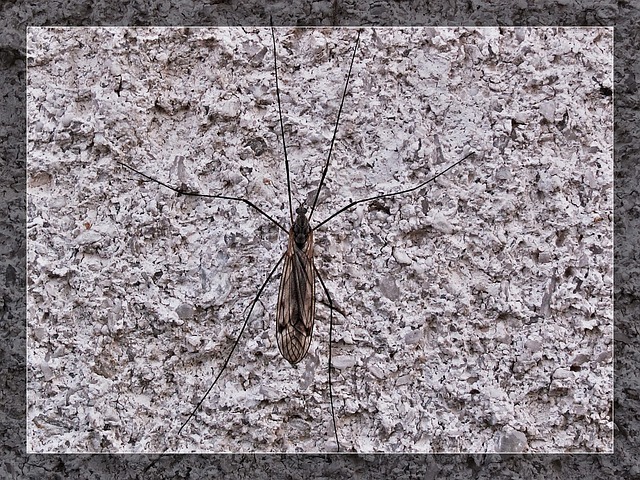
Modern technologies have significantly revolutionized mosquito control, providing more efficient and environmentally friendly methods than traditional practices. Integrated Pest Management (IPM) is a key approach that combines various strategies such as biological control, habitat manipulation, and targeted applications of pesticides to manage mosquito populations effectively. For instance, introducing natural predators like fish or bacteria that target specific mosquito species can reduce their breeding grounds without harming other organisms.
Additionally, the use of advanced surveillance systems, including GPS-enabled devices and drones, allows for precise monitoring of mosquito activity and distribution. These tools enable professionals to identify hotspots early on and deploy control measures more effectively. Furthermore, new chemical compounds and eco-friendly pesticides are continually being developed to target mosquitoes specifically, minimizing their impact on non-target organisms and the environment.
Integrated Pest Management (IPM) Approach
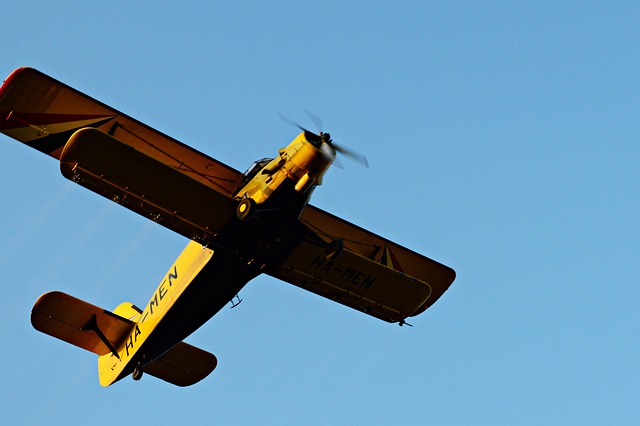
At its core, Integrated Pest Management (IPM) is a holistic approach to mosquito control that combines various strategic methods to minimize reliance on chemical pesticides. This eco-friendly strategy acknowledges the complex interplay between mosquitoes, their environment, and other organisms. By understanding this ecosystem, IPM specialists can implement targeted interventions tailored to specific mosquito habitats and life cycles. This involves a multi-pronged approach including habitat manipulation, biological controls like introducing natural predators, and the judicious use of non-toxic repellents and traps.
The beauty of IPM lies in its ability to disrupt mosquito populations while preserving biodiversity. By focusing on prevention through environmental modifications and harnessing natural controls, this method offers a sustainable solution for effective mosquito control. This approach also empowers communities to take an active role in their own protection, fostering a collaborative effort to create healthier, less hospitable environments for mosquitoes.
Environmental Considerations for Safe Mosquito Control
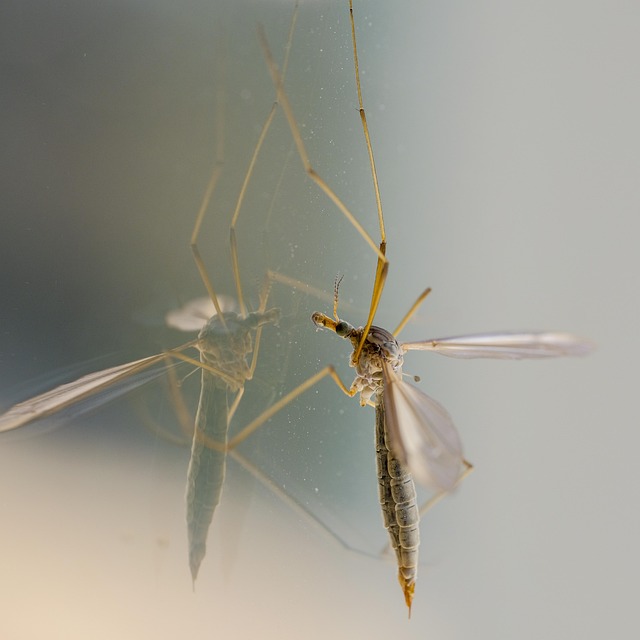
In the realm of mosquito control, it’s crucial to balance effectiveness with environmental stewardship. Safe and sustainable practices are essential to protect not only human health but also the delicate ecosystems upon which we depend. This involves careful consideration of the potential impact on non-target organisms, such as beneficial insects and wildlife, as well as water quality and overall habitat integrity. Choosing targeted applications, utilizing environmentally friendly chemicals when possible, and adhering to strict application guidelines are key strategies in minimizing ecological disruption while effectively managing mosquito populations. By adopting these principles, we can ensure that mosquito control efforts contribute positively to a healthy and balanced environment.
Targeted Treatment Strategies for Specific Areas
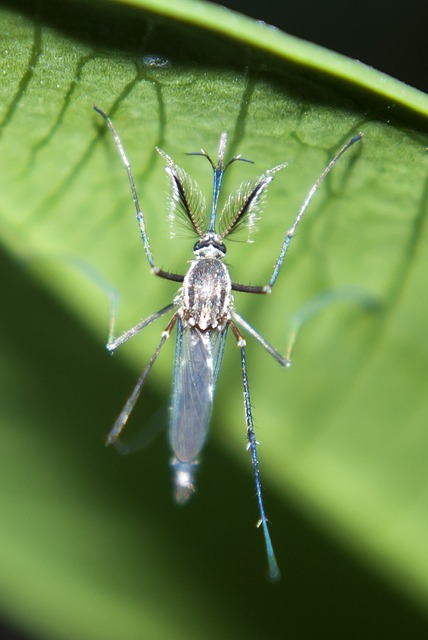
When it comes to mosquito control, targeted treatment strategies are essential for specific areas. These methods allow professionals to focus on high-risk zones where mosquitoes breed and rest, such as standing water, dense vegetation, and shaded areas. By pinpointing these habitats, pest control experts can employ tailored solutions that include chemical treatments, biological controls, and environmental modifications.
Different strategies are deployed based on the type of mosquito and their behavior. For instance, adulticides are used to target mature mosquitoes, while larvicides focus on destroying eggs and larvae. Additionally, introducing natural predators like fish or bacteria can help suppress mosquito populations over time. These targeted approaches ensure that treatments are both effective and environmentally responsible, providing long-lasting relief from these pesky insects.
Community Involvement and Education
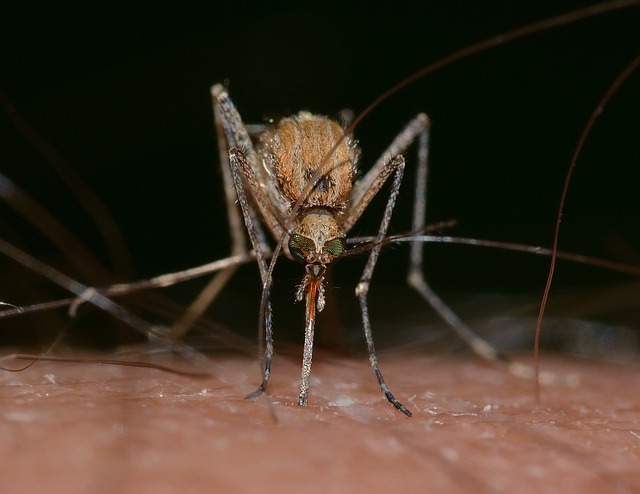
Effective mosquito control is not just a matter for professionals; community involvement and education play a crucial role in managing these pests. By empowering residents with knowledge, communities can actively contribute to reducing mosquito populations. This involves simple practices like eliminating standing water, which is a primary breeding ground for mosquitoes. Community initiatives such as neighborhood clean-up drives and regular inspections of properties can significantly hinder the insects’ breeding cycle.
Educational programs can teach folks about the behavior and life cycles of mosquitoes, helping them identify potential habitats and take preventive measures. Encouraging residents to report mosquito-related issues to local authorities allows for more targeted and efficient control strategies. This collaborative approach fosters a healthier environment by breaking the mosquito control bottleneck, ensuring that everyone contributes to and benefits from reduced mosquito activity.
Preventive Measures: Long-term Solutions for Mosquito Control
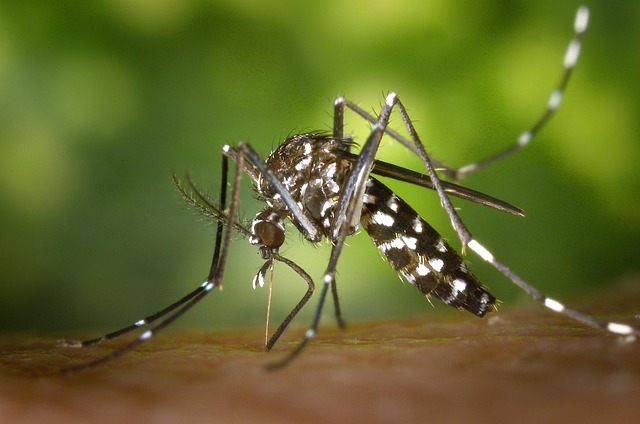
Preventative measures play a crucial role in achieving long-term mosquito control. Implementing these strategies can significantly reduce mosquito populations and minimize the risk of associated diseases. One effective approach is source reduction, which involves eliminating or modifying standing water where mosquitoes breed. Regularly emptying containers like flower pots, buckets, and discarded tires can hinder breeding sites. Additionally, maintaining proper drainage systems and fixing leaks ensure water doesn’t stagnate, making environments less conducive for mosquito larvae.
Landscaping and habitat manipulation are other essential preventative tactics. Planting certain herbs and flowers, such as citronella and lavender, naturally repels mosquitoes. Trimming vegetation to reduce dense foliage also decreases hiding spots for adult mosquitoes. On a broader scale, community-wide efforts to improve vector control can include treating bodies of water with biological agents or larvicides to disrupt the mosquito life cycle. These measures not only protect individual properties but contribute to overall public health by creating a more sustainable and mosquito-free environment.
